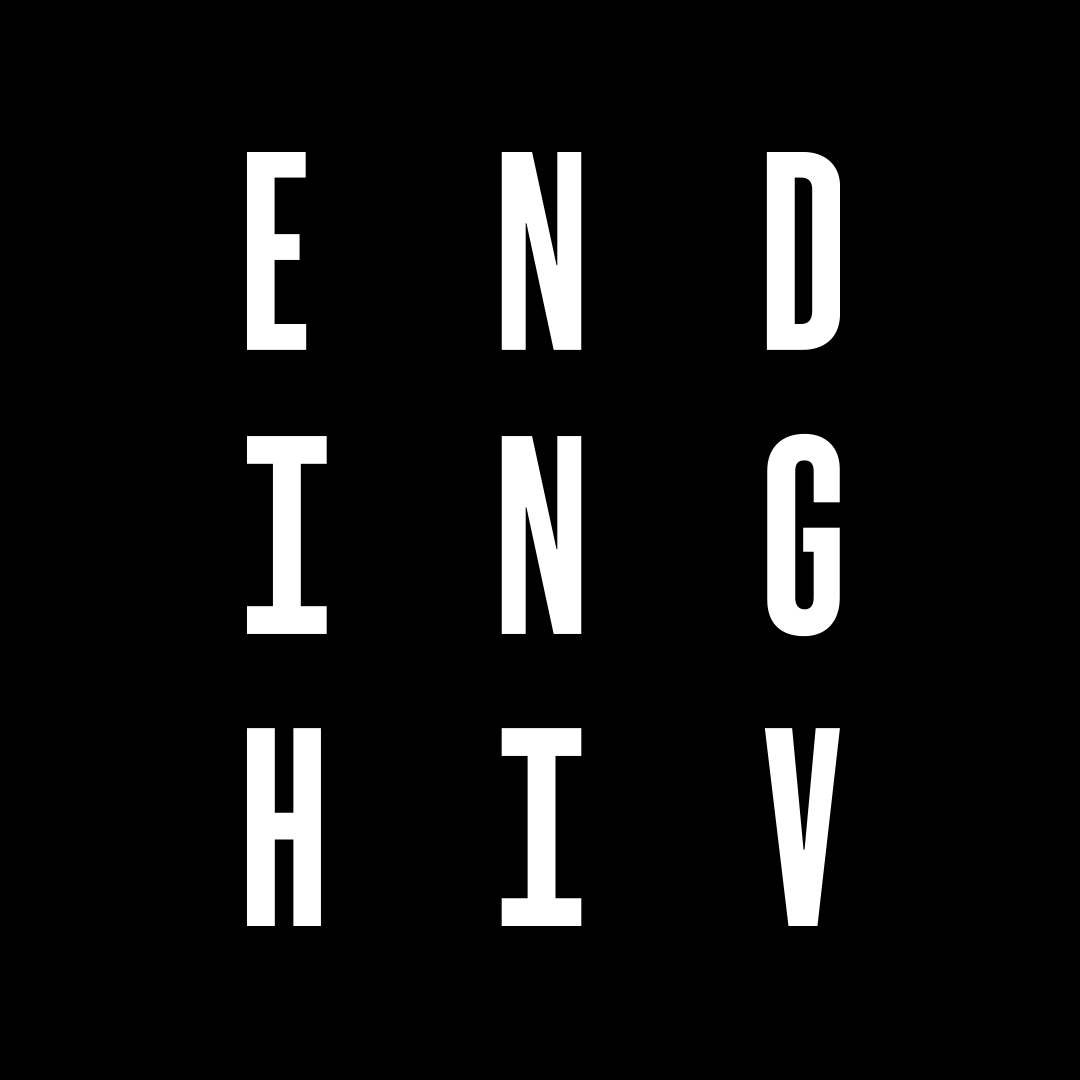All About Testing For Chlamydia in Men
Sexual health is an important part of every person’s well-being, and learning about Sexually Transmitted Infections (STIs) can give you the know-how to prevent them and inform you what to do when it comes time to test. In this article, we’re investigating all things chlamydia and getting tested for it if you’re a guy.
Read on to learn about what tests you may need, where to get tested, how long results take, and what happens if you do test positive (no sweat!).
What is chlamydia?
Chlamydia is one of the most common STIs among guys who have sex with guys and is caused by the bacteria known as Chlamydia trachomatis.
It can affect the throat, anus, penis or front hole and, if left untreated, can lead to health implications, including urethral infections and ongoing painful swelling of the balls. You can read more about Chlamydia here.
When is a good time to get tested for chlamydia?
Like so many STIs, chlamydia often doesn’t have any symptoms. It can be completely asymptomatic, which means you may not realise you have it at all.
So, unless you’re one of the few people that do get visible symptoms of chlamydia, pretty much the only way to detect it is via routine STI testing. It’s recommended to get tested every three months.
If you’re hooking up frequently, Chlamydia reinfection can be common, so that’s another reason to get tested regularly!
How are men tested for chlamydia?
Testing for chlamydia in men is done through the collection of a urine sample, anal swab and throat swab. For guys who have sex with guys, it’s usually recommended to have all three of these tests, though depending on the types of sex you have, it may vary. Generally, you’d test all three areas to cover your bases. Each test looks for chlamydia in a different part of your body that is susceptible to infection. For instance, you might have chlamydia in your anus or throat but not in your penis or front hole, or vice versa.
Whatever tests you have, the results are normally available within a week. Ask your GP or sexual health clinic how they deliver results. It could be via text, call or in person. Some sexual health clinics also operate on a “no news is good news” basis, so be sure to ask what to expect at the time of testing.
Urine sample
Urine tests are easy, quick and pain-free and are the most common test for chlamydia in the penis or front hole. You’ll do it at your sexual health clinic or at the pathology centre by simply peeing into a plastic sample collection jar. You won’t need to fast beforehand, but make sure you are drinking enough fluids ahead of your appointment so you aren’t stuck around waiting.
Oropharyngeal swab (AKA throat swab)
Want a tongue twister? Say ‘oropharyngeal’ three times quickly. Better known as a throat swab, these are long cotton swabs that will sweep over the back of the throat and collect a sample by brushing against the sides of the throat. It’s a little ticklish, but it shouldn’t hurt. The throat swab can be collected by a doctor or nurse or is self-collected!
Anorectal swab (AKA anal swab)
If you need an anal swab, it will usually be self-collected during your doctor’s appointment or sexual health clinic visit. To do an anal swab for chlamydia, wash your hands thoroughly, sit down on the toilet (or stand with one leg on the toilet), and insert the swab about 4cms into your anus and give it a twirl. At both the clinic and pathology, there is likely to be a little diagram demonstrating this in the toilet area.
How long does it take for chlamydia to show up in tests?
Like all STIs, chlamydia has what’s known as a ‘window period’. The window period is the time between exposure to an STI and when it can be reliably detected in a test. In Australia, we consider the window period for chlamydia to be between 1-5 days, but most accurate after 7 days. If you have questions about the timing of your results, please ask your testing service.
What is a positive test for chlamydia?
A positive test for chlamydia means you have a chlamydia infection, and you’ll need to get treated. It’s nothing to worry about though, as chlamydia is easily treated and cured by a short course of antibiotics. It’s also recommended to let partners know you’ve tested positive so that they can get tested too.
Where can I get tested for chlamydia?
There are plenty of places to get tested for chlamydia. Check out our ‘where to get tested’ tool to find your nearest testing site. Otherwise, you can try your local doctor (GP), or a NSW sexual health clinic, where you can get STI testing and treatment for free in one place.
